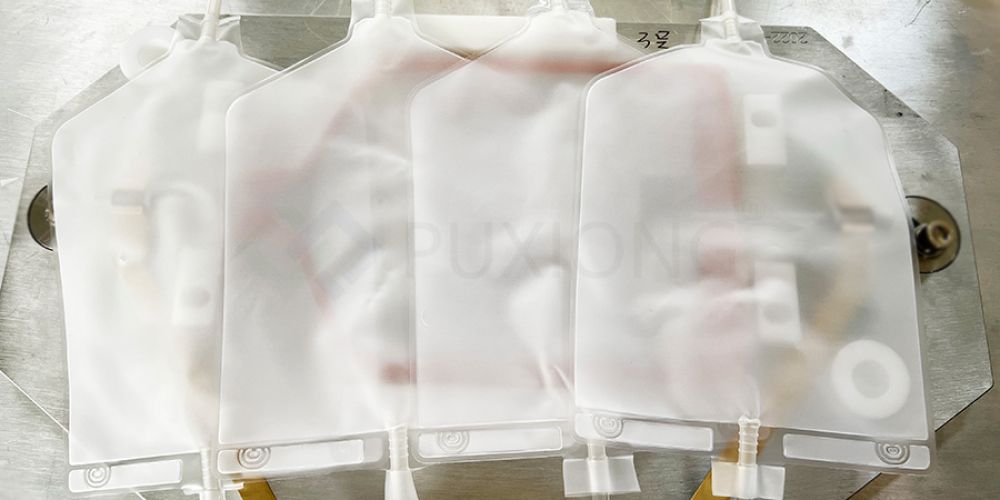
The key role of infusion bags in blood transfusion therapy extends far beyond rapid pressurized blood delivery. It encompasses the following critical aspects:
I. Continuous and Stable Transfusion Rate
Infusion bags are designed to maintain a consistent and stable transfusion speed. During transfusion, medical staff can adjust the pressure within the bag based on the patient’s condition, thereby controlling the flow rate. This ensures blood enters the patient’s body at an appropriate pace, avoiding complications caused by excessively rapid or slow transfusion.
II. Reduced Risk of Transfusion Reactions
The use of infusion bags in transfusion therapy helps minimize transfusion reactions. On one hand, the materials and design of infusion bags comply with medical standards, reducing the risk of blood contamination during storage and transportation. On the other hand, controlled transfusion speed and volume prevent reactions such as fever, allergic responses, or circulatory overload caused by overly rapid or excessive transfusion.
III. Facilitation of Monitoring and Management
Infusion bags enable efficient monitoring and management during transfusion. Medical staff can observe the remaining blood volume, transfusion speed, and the patient’s response in real time, allowing timely adjustments to the transfusion protocol to ensure safety and efficacy. Additionally, labels and documentation on the infusion bag provide clear records of the patient’s transfusion history, serving as a reference for subsequent care.
IV. Support for Diverse Transfusion Methods
Infusion bags are not only suitable for routine transfusions but also adaptable to various transfusion scenarios. For example: